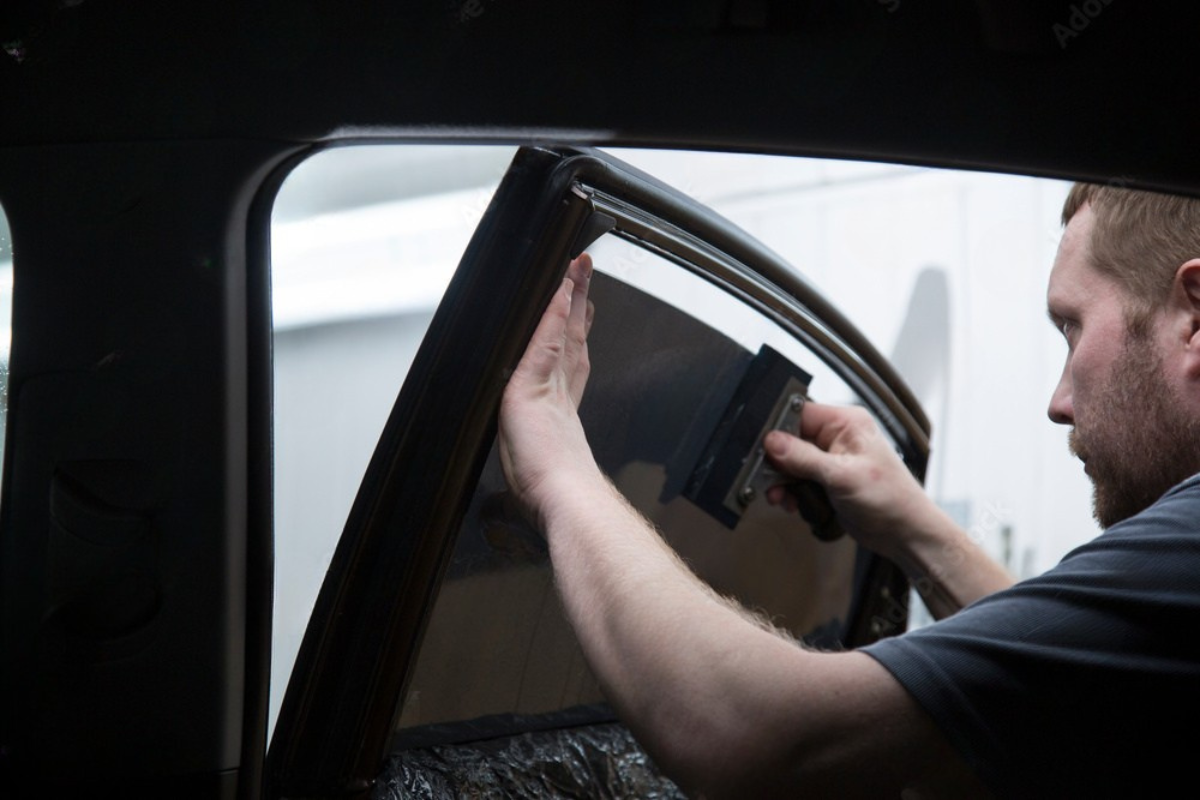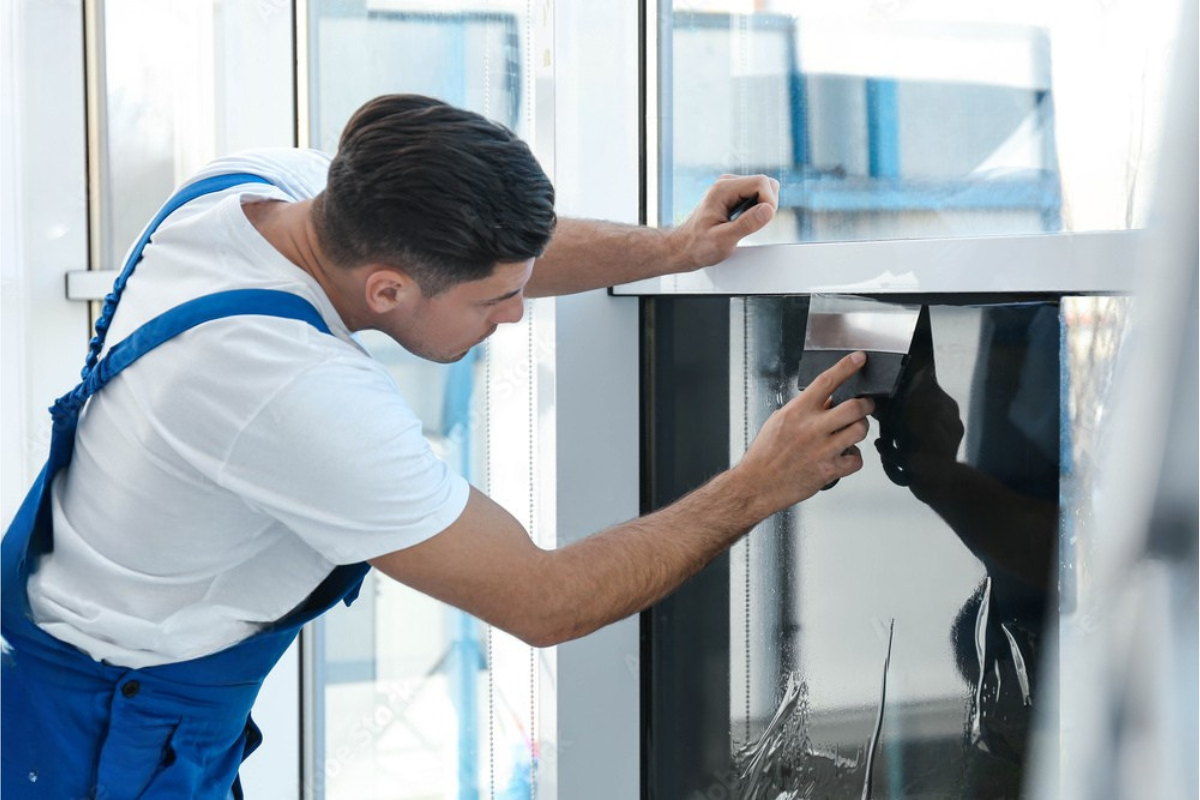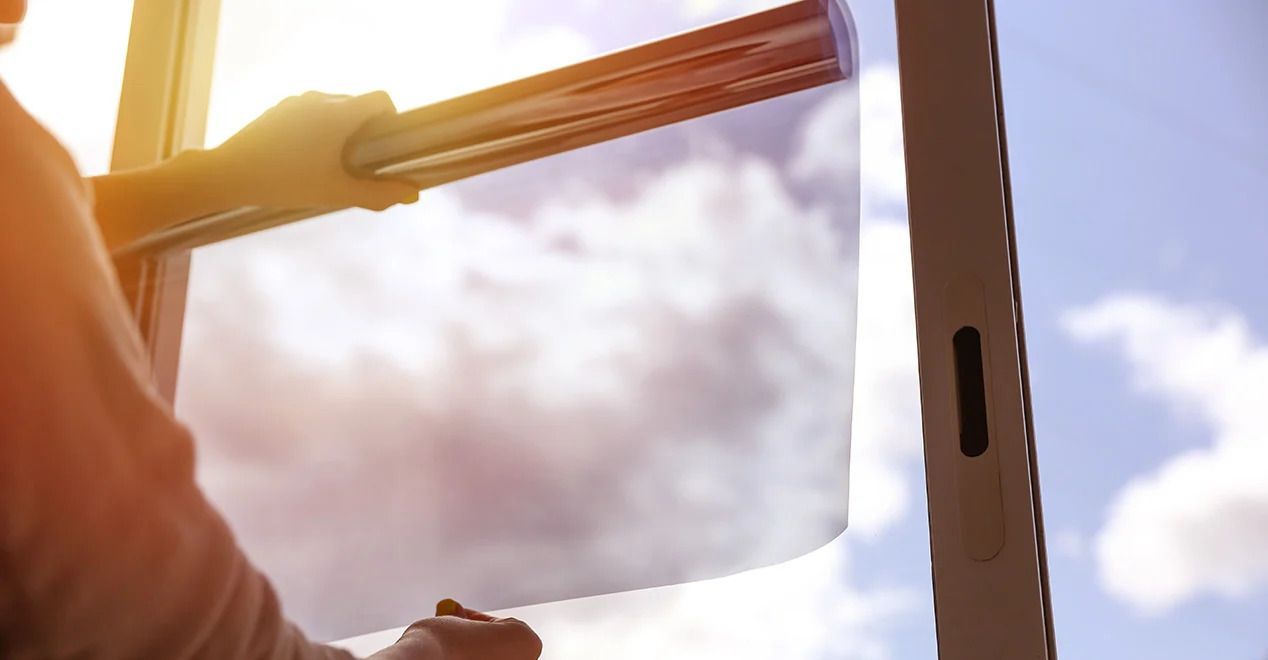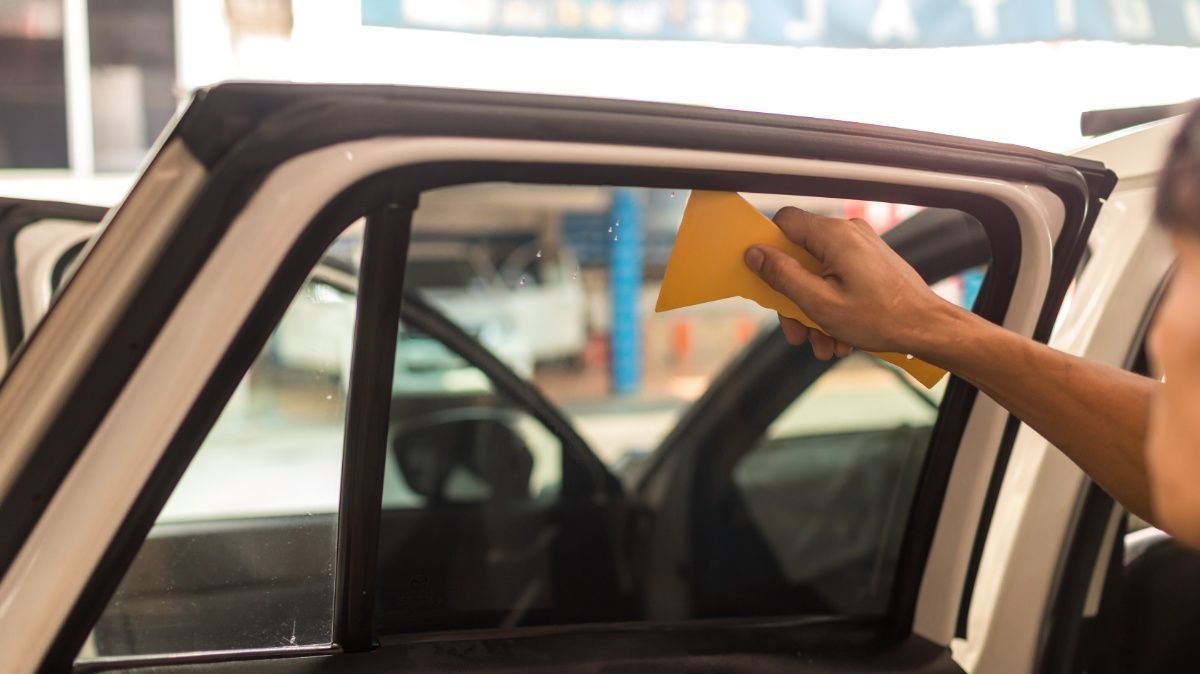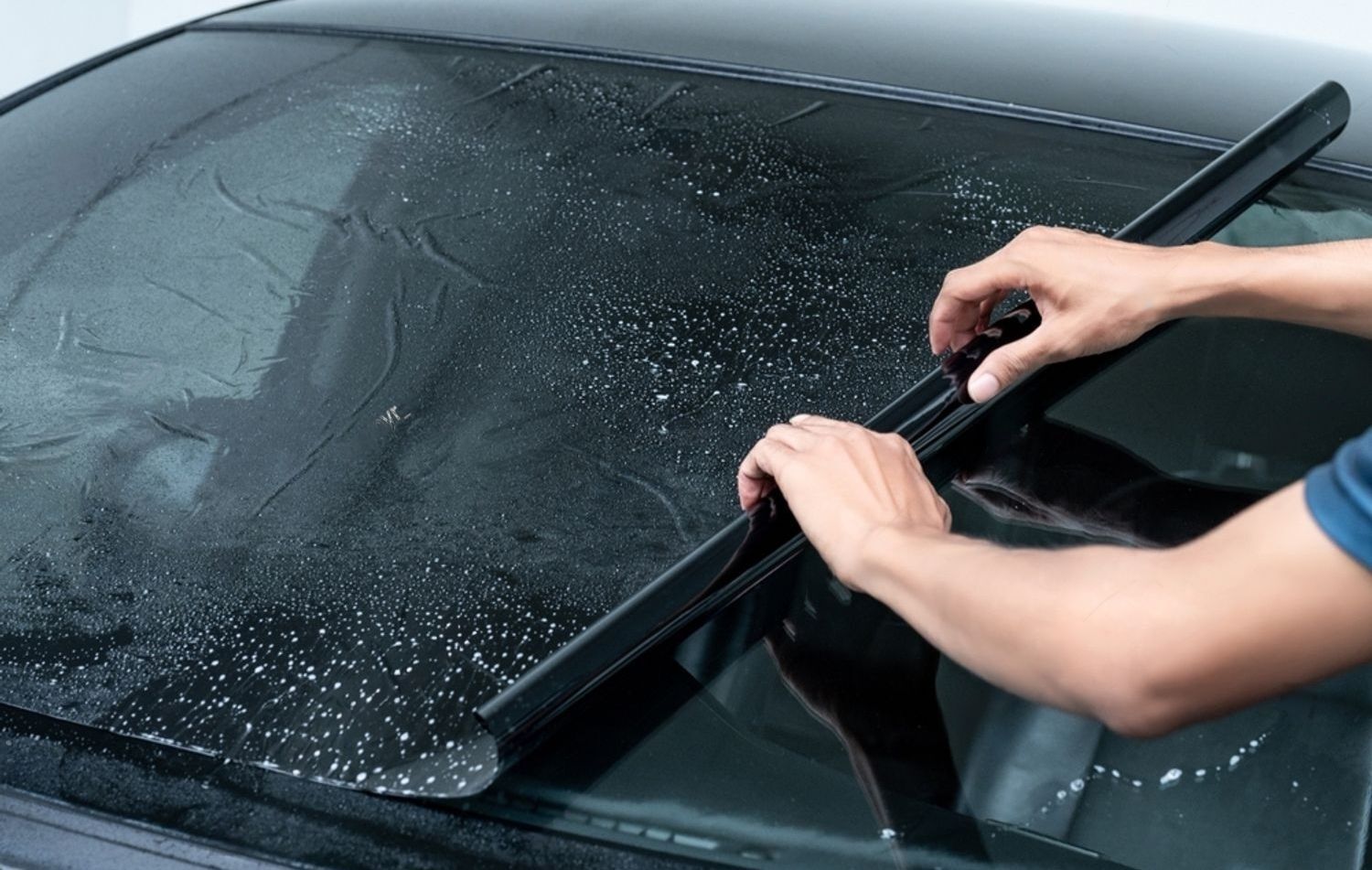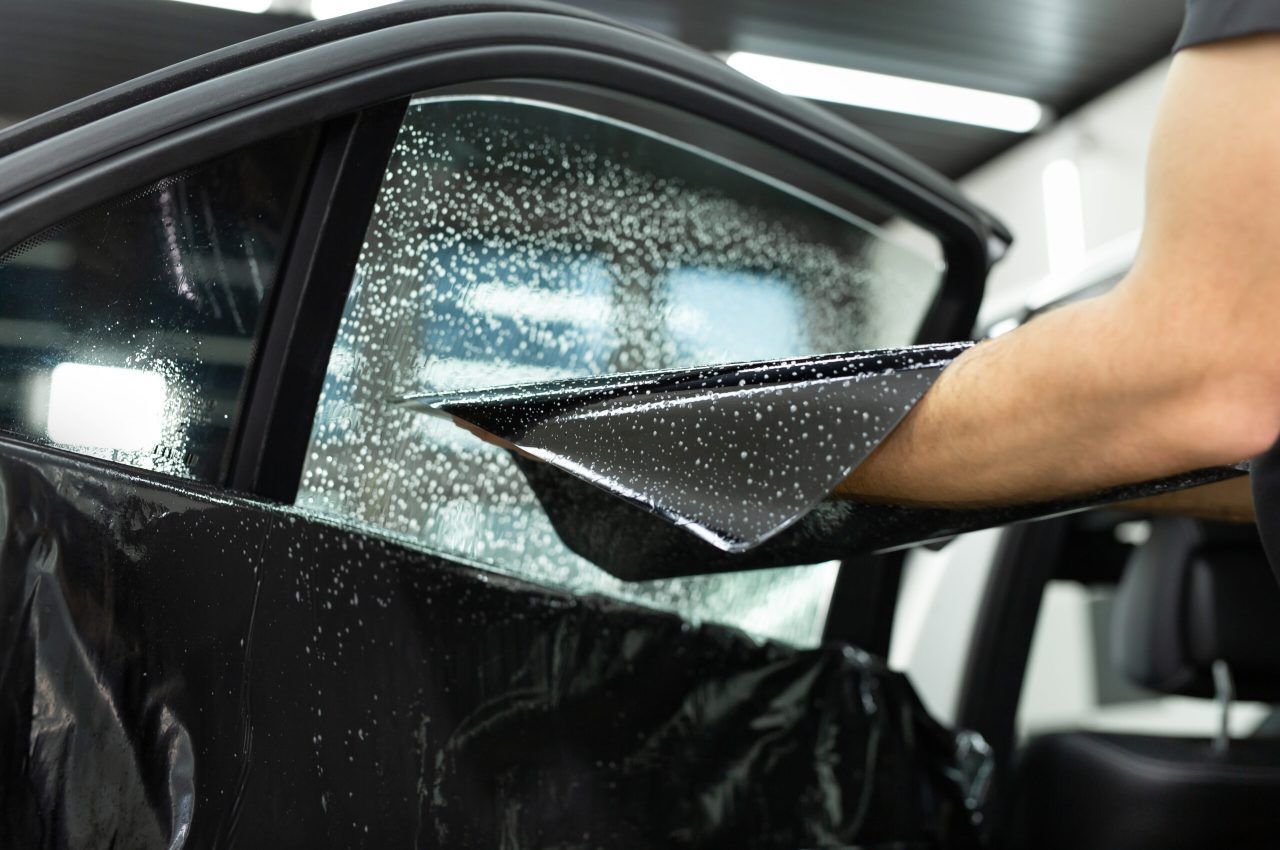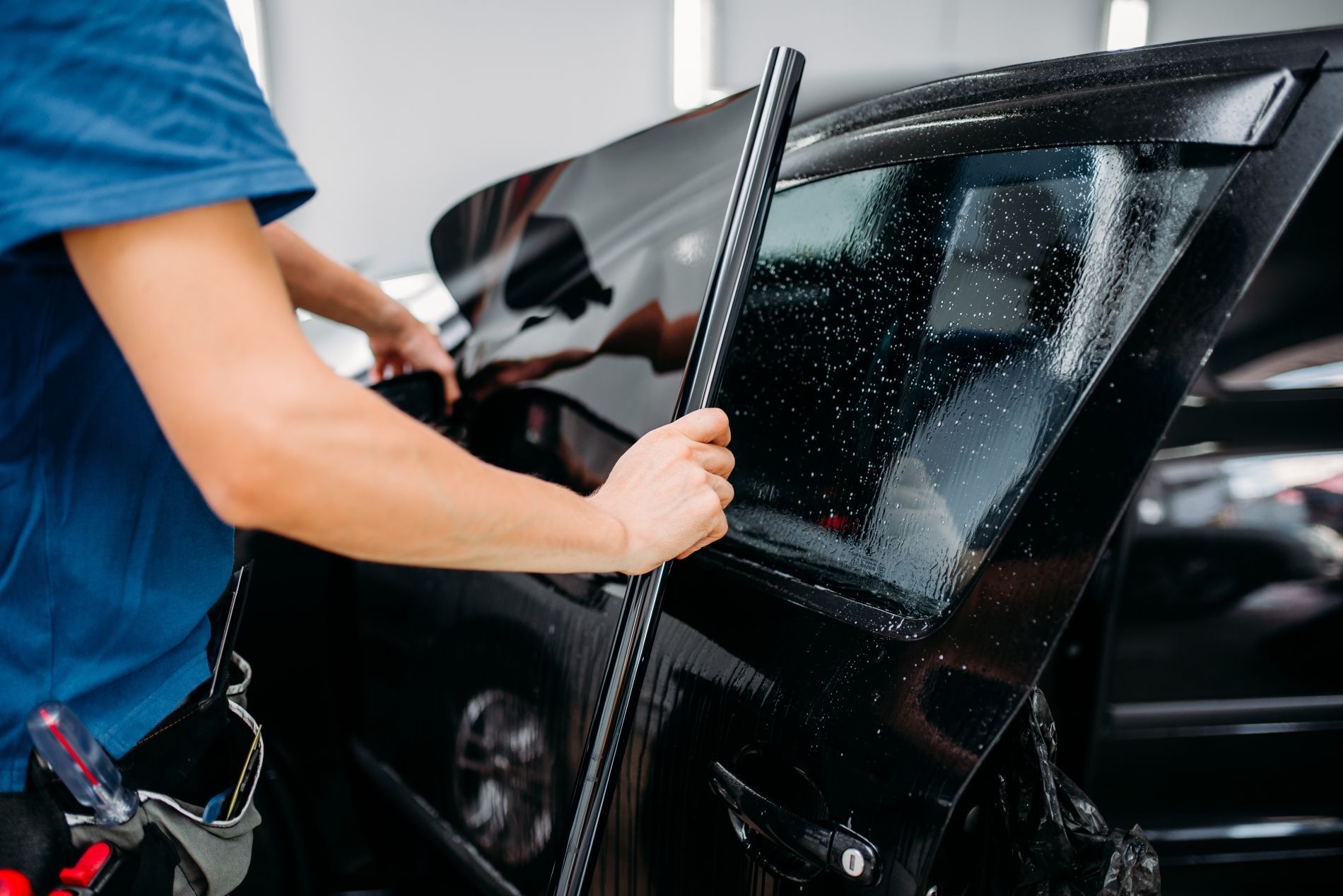Think Tinting Makes Homes Dark? Discover How Today’s Films Keep Rooms Light and Cool
For years, a common misconception has clouded the world of residential window tinting: the idea that to gain the cooling, energy-saving benefits, you must sacrifice the natural light that makes your home feel bright and welcoming. Many homeowners picture dark, reflective films that would turn their living rooms into caves. But what if we told you that this is a relic of the past? Today's advanced window films are engineered to let the light shine in while keeping the heat out, offering a perfect blend of comfort, savings, and ambiance.
Here at Tint Integrity, we believe in empowering homeowners with the latest information. It's time to debunk the myth and explore the innovative technology that allows you to enjoy sunlit rooms that are surprisingly cool and comfortable, all year round.
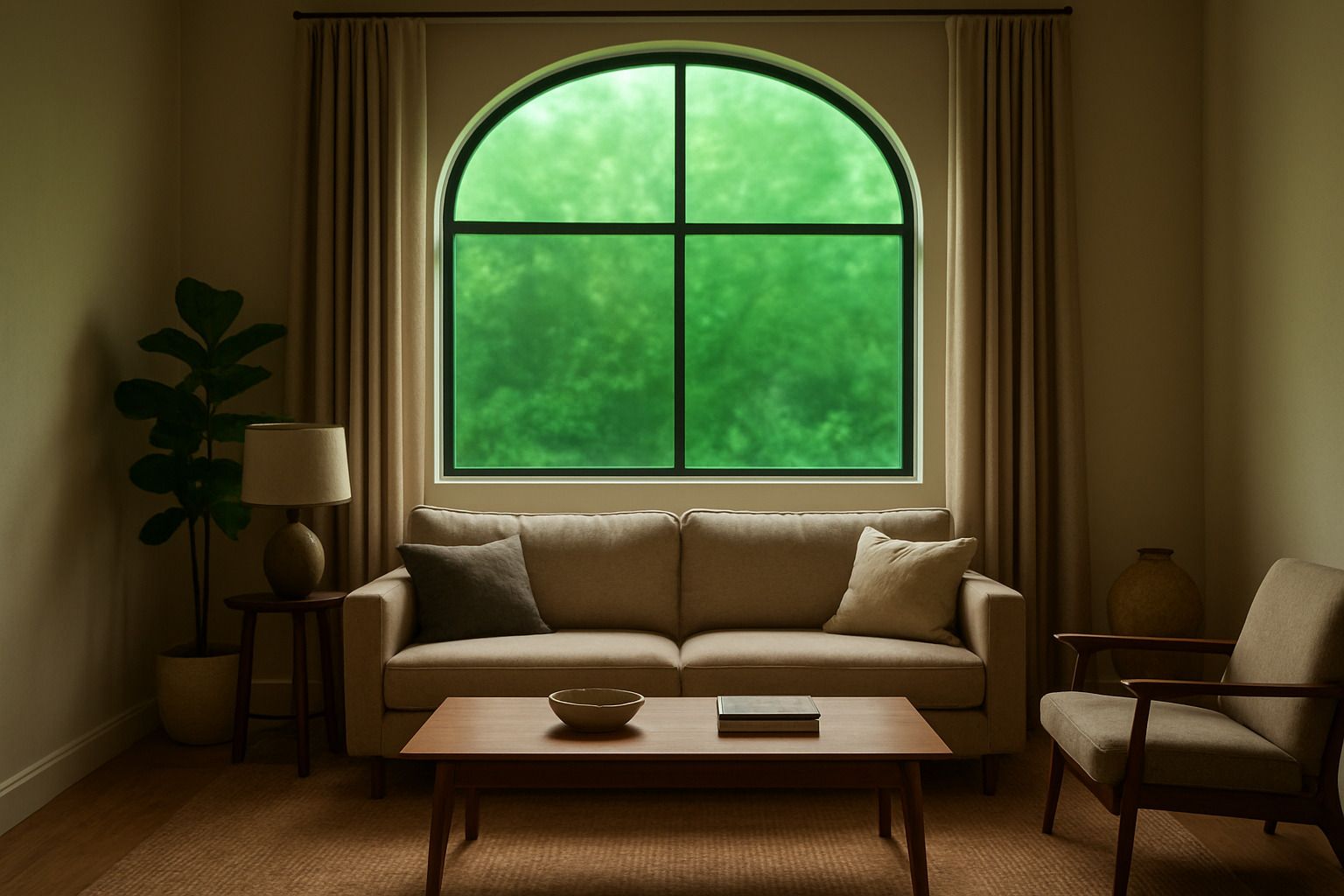
The Evolution of Window Film: From Dark to Dynamic
Older window films primarily relied on dark dyes and metallic layers to block sunlight. While effective at reducing some heat, they did so by absorbing a significant amount of visible light, which inevitably darkened the room. This absorption method also caused the film itself to heat up, sometimes radiating that heat back into the interior.
Modern window films, however, are a world apart. The breakthrough came with the development of spectrally selective and nano-ceramic technologies. These films are designed to be "smart," targeting specific wavelengths of light. They can differentiate between the desirable visible light that brightens our homes and the undesirable infrared (IR) and ultraviolet (UV) rays that generate heat and cause damage.
How Modern Films Work: The Science of Light and Cool
The secret behind today's high-performance window films lies in their sophisticated construction. Let's break down the key technologies that allow for a bright yet cool home environment.
Nano-Ceramic Technology: The Invisible Powerhouse
Ceramic window tint is a game-changer in the industry. It's infused with microscopic, non-metallic ceramic nanoparticles that are incredibly effective at blocking heat without obstructing your view. Here’s how it works:
- Infrared (IR) Rejection: The primary source of solar heat is infrared radiation. Ceramic particles are designed to absorb and reflect a significant portion of this IR energy, preventing it from passing through your windows and heating your home. This means a film can be virtually clear while still providing powerful heat rejection.
- No Signal Interference: Unlike older metallic films that could interfere with cell phones, GPS, and other electronic devices, ceramic films are non-conductive, ensuring all your gadgets work perfectly.
- Exceptional Clarity: Because they don't rely on dark dyes, ceramic films offer superior clarity and visibility, preserving your beautiful outdoor views day and night.
Spectrally Selective Films: The Smart Filter
Spectrally selective films are the epitome of "working smarter, not harder." These advanced films are engineered to filter the solar spectrum, allowing high transmission of visible light while rejecting a large portion of heat-producing infrared light. The key is the Light-to-Solar-Gain (LSG) ratio, which measures how much visible light a film transmits compared to how much solar heat it blocks. Modern films boast high LSG ratios, meaning they excel at letting in light while keeping heat out.
This technology allows for films that are so light they are nearly undetectable on your glass, yet they can reduce solar heat gain by up to 50% or more.
More Than Just Temperature Control: The Myriad Benefits of Modern Tinting
While keeping your home bright and cool is a major advantage, the benefits of installing today's advanced window films extend much further. Exploring our main services can give you a deeper understanding of the comprehensive solutions we offer.
Drastic Energy Savings
Windows are a significant source of energy loss in a home. By rejecting solar heat, window films reduce the strain on your air conditioning system during hot months. This can lead to substantial savings on your energy bills, often reducing cooling costs by up to 30%. In colder months, some films even provide an insulating effect, helping to retain indoor heat and lower your heating costs.
99% UV Protection to Prevent Fading
The same UV rays that are harmful to our skin also wreak havoc on our home's interiors. Ultraviolet light is a primary cause of fading, responsible for approximately 40% of the damage to furniture, flooring, artwork, and curtains. Modern window films block up to 99.9% of these harmful UV rays, acting as a powerful shield to protect your valuable furnishings and keep them looking vibrant for years to come. This level of protection is so effective that even the Skin Cancer Foundation recommends window film as a safe and effective preventative measure.
Reduced Glare and Enhanced Comfort
Bright sunlight is beautiful, but the glare it creates can be a nuisance, making it difficult to watch TV, work on a computer, or even read a book. Window tinting effectively reduces this glare without plunging your room into darkness, creating a more comfortable and visually pleasing environment.
Improved Privacy and Security
Certain types of window films can enhance your daytime privacy, allowing you to see out clearly while preventing outsiders from easily seeing in. Additionally, security films are designed to hold shattered glass together in the event of an impact, whether from an accident, extreme weather, or a break-in attempt. This adds a valuable layer of safety for your family and property.
Choosing the Right Film: Understanding VLT
When selecting a window film, you'll encounter the term "Visible Light Transmission" or VLT. This is a measurement, expressed as a percentage, of how much visible light passes through the film.
- A film with a high VLT (50-70%) is very light and allows a large amount of natural light to enter, making it ideal for those who want to preserve the brightness of their rooms while still getting significant heat and UV rejection.
- A film with a medium VLT (25-40%) offers a good balance of light, privacy, and heat control.
- A film with a low VLT (5-20%) is much darker and provides the highest levels of privacy and glare reduction, but will noticeably dim the room.
The beauty of modern technology is that you no longer need a very low VLT to achieve excellent heat rejection. A high-VLT ceramic film can outperform a dark, traditional dyed film, giving you the best of both worlds. At Tint Integrity, we help you navigate these options to find the perfect match for your needs and preferences.
The Tint Integrity Commitment
We understand that choosing to tint your home's windows is a significant decision. As a company dedicated to quality and customer education, our team at Tint Integrity is committed to providing not just superior installation, but also the knowledge you need to make an informed choice. We use top-of-the-line films from industry-leading manufacturers to ensure you receive all the benefits of modern window film technology.
Don't let outdated myths keep you from a more comfortable, efficient, and protected home. Embrace the light and enjoy a cooler indoor environment. If you're ready to see the difference for yourself, we invite you to contact us for a consultation.
Frequently Asked Questions
Will window film make my plants die?
Not at all. Most common houseplants will thrive with window film installed. While the film does block harmful UV rays and some heat, it still allows plenty of the visible light spectrum that plants need for photosynthesis to pass through. In fact, for some delicate plants, the reduction in intense heat and direct sun can prevent scorching and be beneficial.
How long does modern window film last?
Professionally installed, high-quality residential window films are incredibly durable. Most films come with a manufacturer's warranty that covers issues like bubbling, peeling, or cracking for a period of 10-15 years, and many last even longer. The scratch-resistant coatings on modern films also ensure they stay looking great for years with simple, proper cleaning.
Can window film be installed on any type of window?
Modern window films can be applied to most types of residential windows, including single-pane, double-pane, and tempered glass. However, it's crucial to have a professional consultation. A qualified installer from a reputable company like Tint Integrity will assess your windows and help you select a film that is compatible with your specific glass type to ensure safety and avoid voiding any window manufacturer warranties.
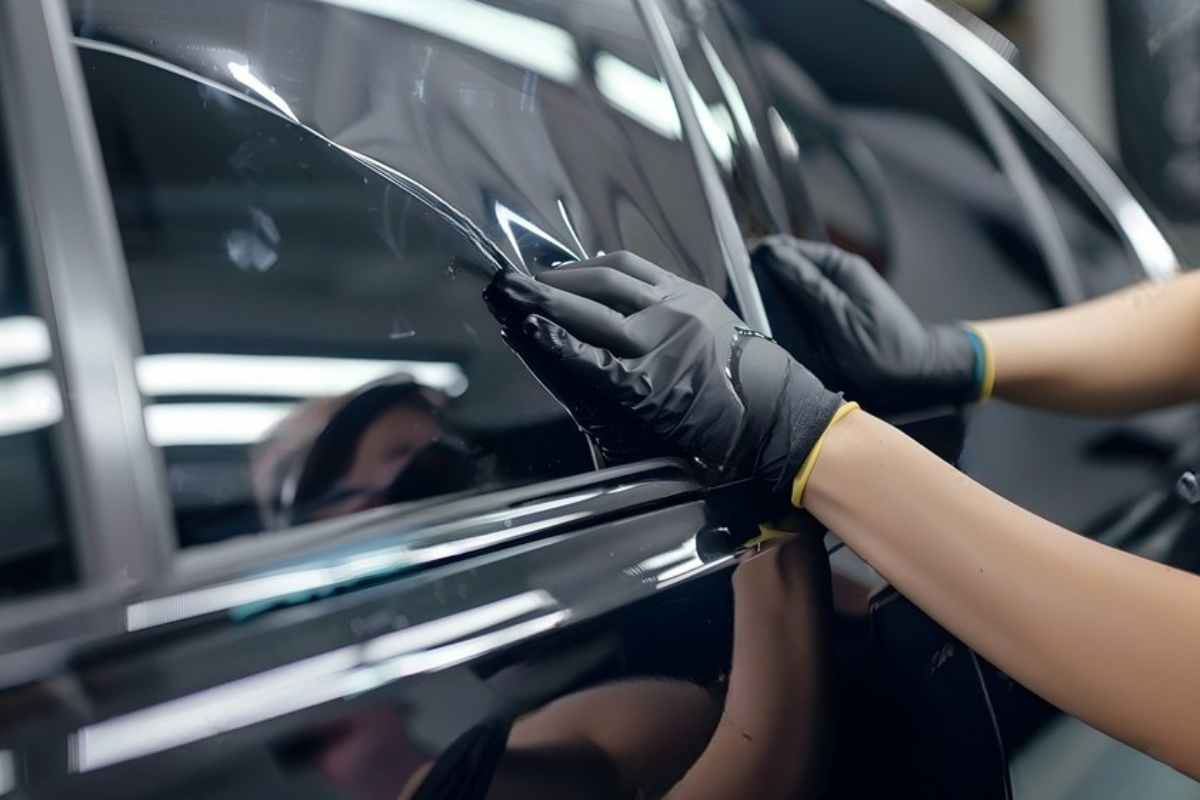
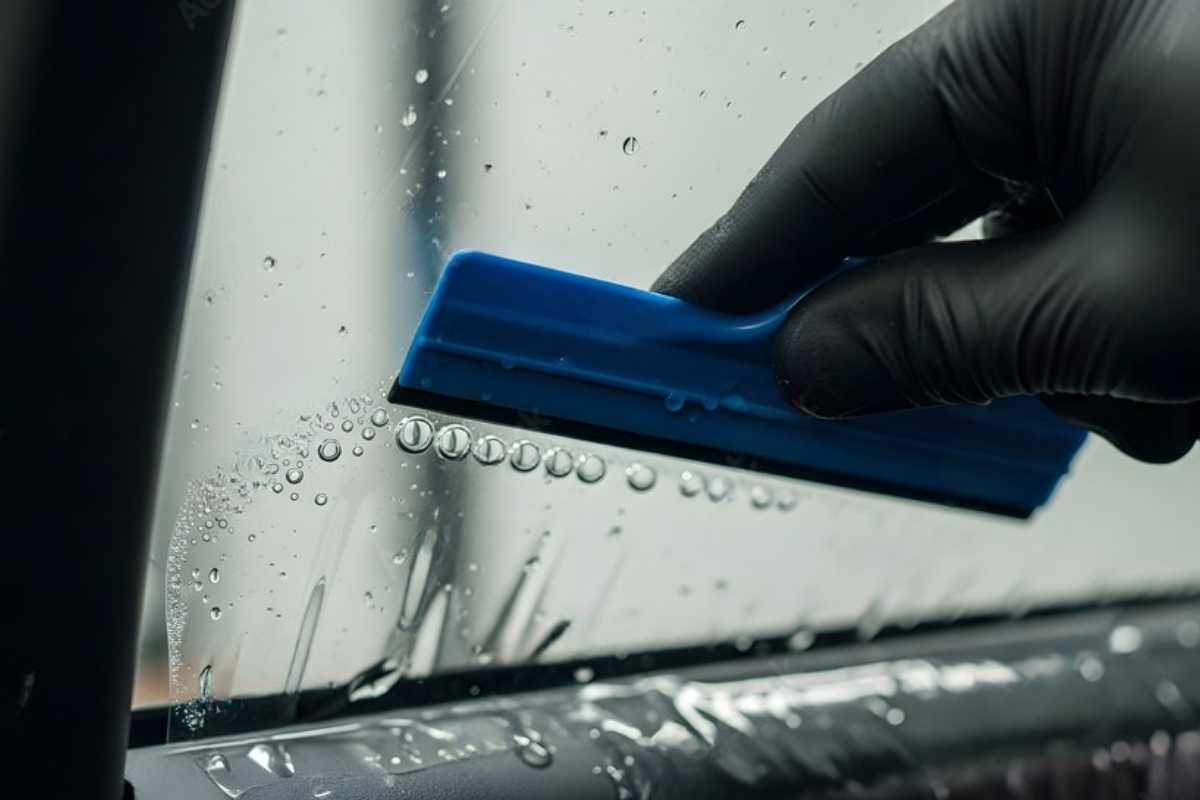
Real Results, Real Durability: Why Cudahy Drivers Trust Tint Integrity for Long-Lasting Window Films
